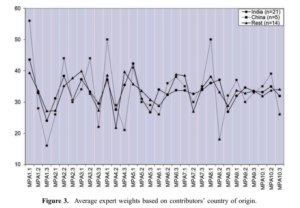The Multidimensional Poverty Assessment Tool: A new framework for measuring rural poverty.
 The Multidimensional Poverty Assessment Tool (MPAT) measures fundamental dimensions of rural poverty in order to support poverty-alleviation efforts in the less developed world. This article’s primary purpose is to introduce MPAT and describe its theoretical rationale. It begins with an overview of the importance of creating enabling environments for rural poverty alleviation before describing MPAT’s purpose and structure. The article goes on to address some of the advantages and shortcomings of surveys and indicators as means of measuring poverty, and concludes with a few caveats on using MPAT, and a focus on its added value to practitioners and academics.
The Multidimensional Poverty Assessment Tool (MPAT) measures fundamental dimensions of rural poverty in order to support poverty-alleviation efforts in the less developed world. This article’s primary purpose is to introduce MPAT and describe its theoretical rationale. It begins with an overview of the importance of creating enabling environments for rural poverty alleviation before describing MPAT’s purpose and structure. The article goes on to address some of the advantages and shortcomings of surveys and indicators as means of measuring poverty, and concludes with a few caveats on using MPAT, and a focus on its added value to practitioners and academics.






